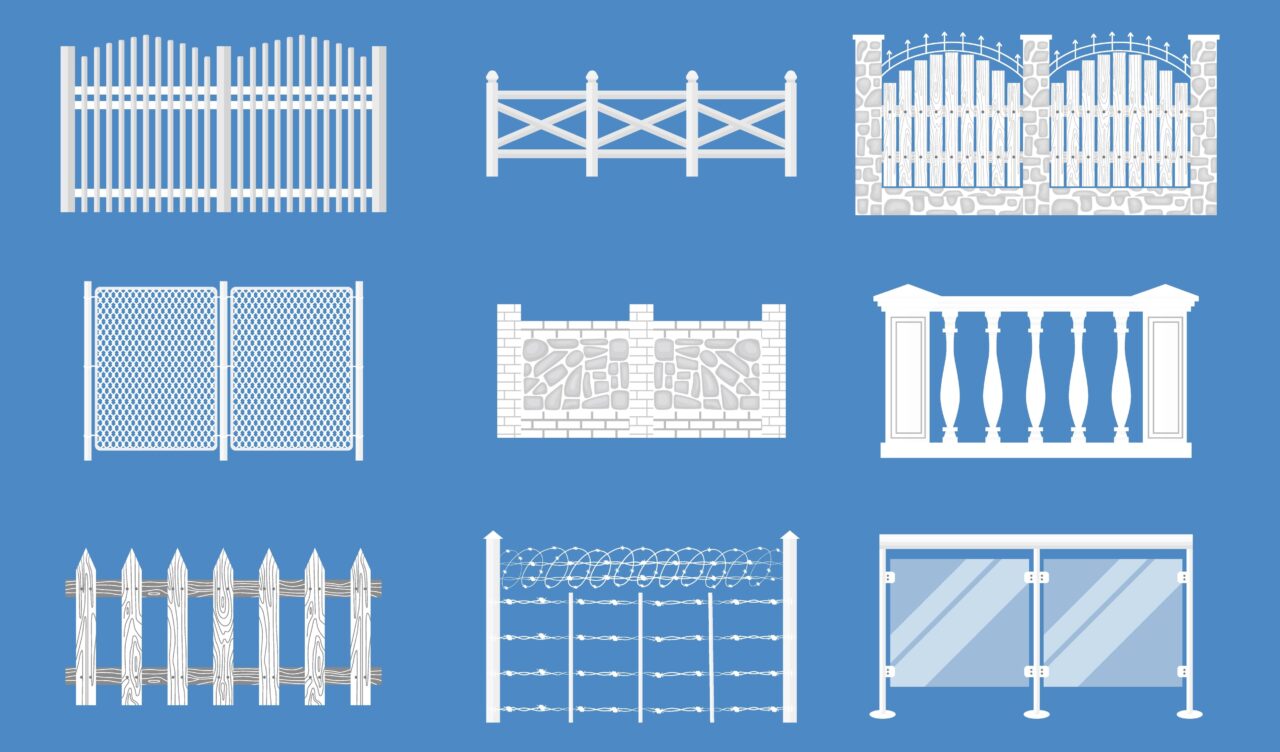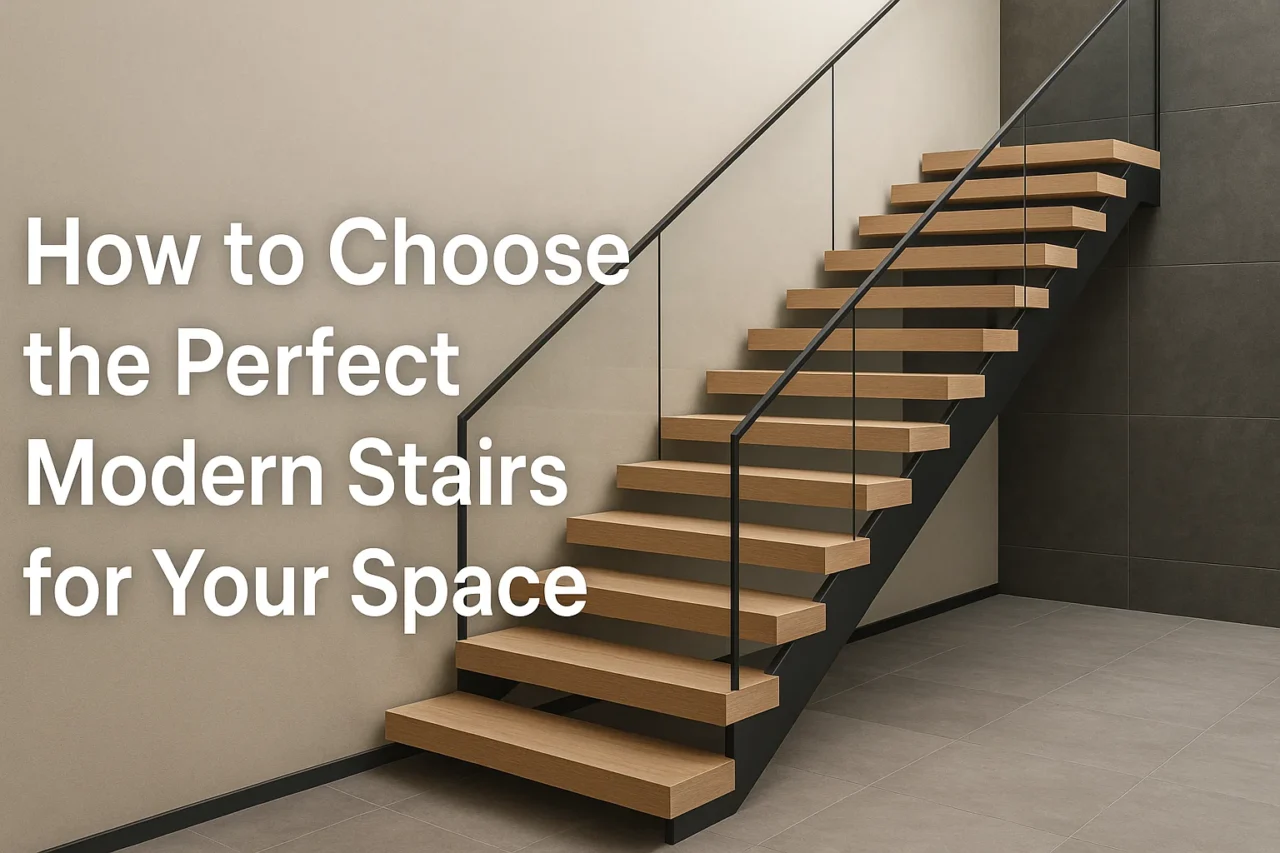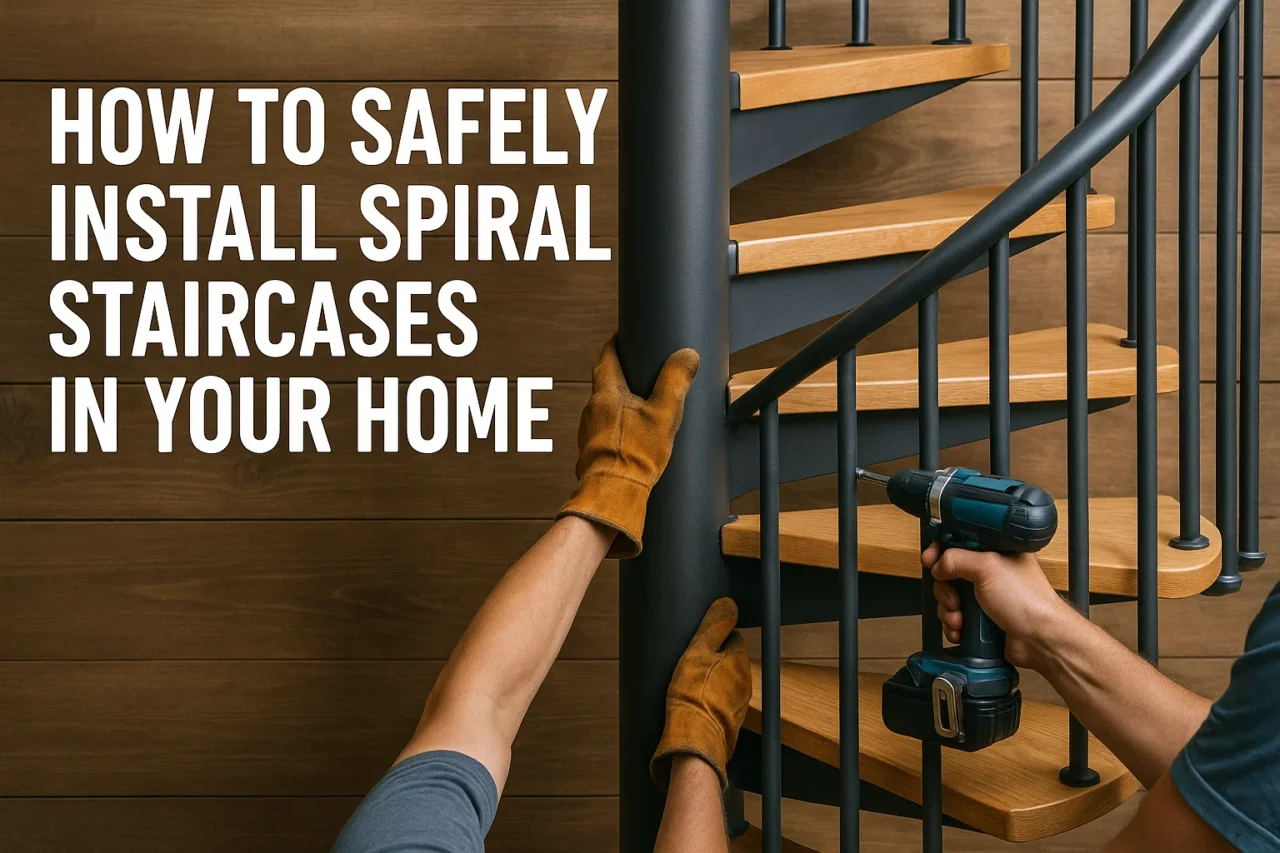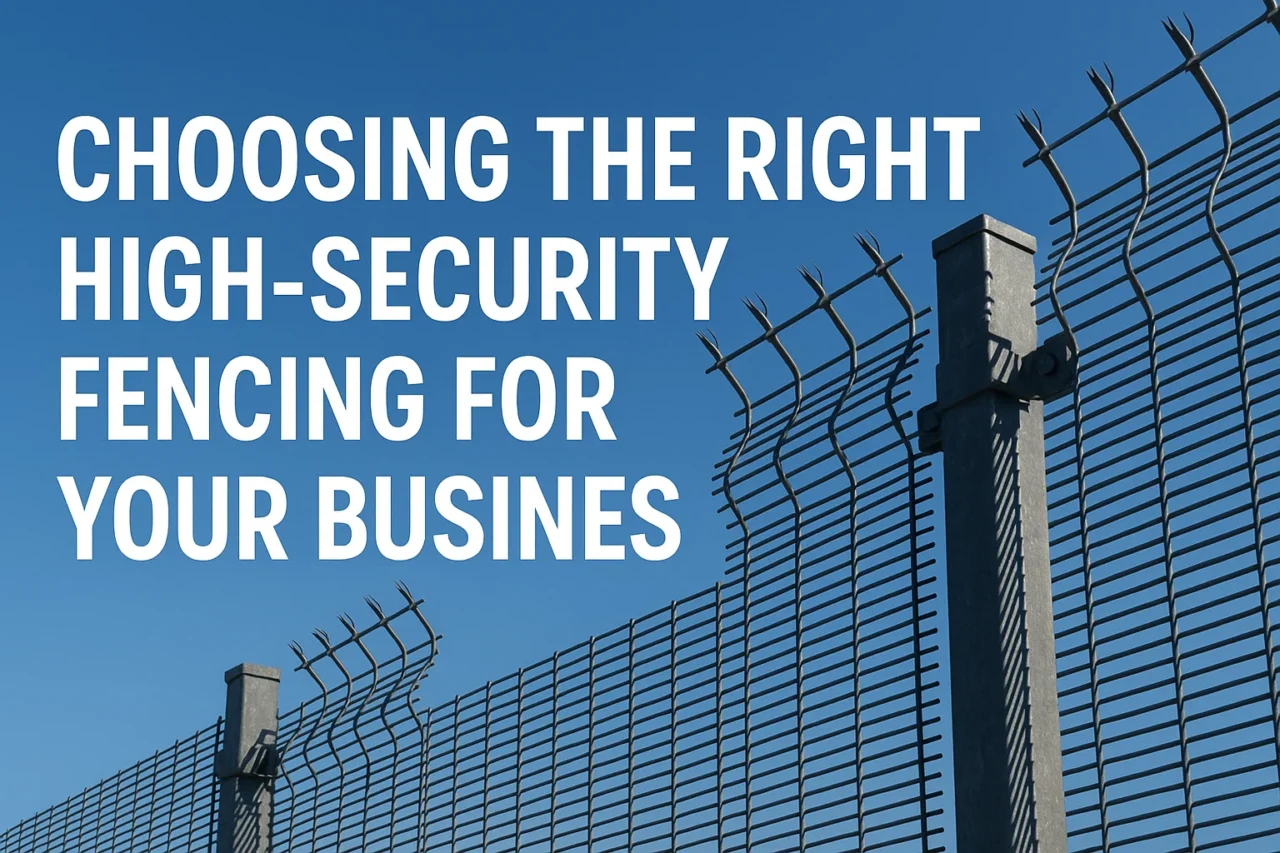For homeowners in the picturesque landscapes of Maryland and Northern Virginia, a fence is more than just a boundary marker. It’s an integral part of their property, offering a sense of security, enhancing privacy, boosting curb appeal, and potentially increasing overall property value. Whether it’s to keep children and pets safe, create a secluded backyard oasis, or simply define property lines, the right fence can significantly improve the quality of life.
Why Choosing an ‘Expert’ Matters for Your Fence
Investing in a professionally installed fence offers a multitude of advantages that often outweigh the perceived cost savings of a do-it-yourself approach. One of the primary reasons homeowners choose professional installation is enhanced security.
A well-constructed and properly installed fence acts as a robust barrier, deterring potential intruders and providing a secure environment for children and pets to play safely within the confines of the yard. This added layer of protection provides homeowners with valuable peace of mind, knowing their loved ones and property are more secure.
Beyond security, a fence provides improved privacy, creating a personal sanctuary where homeowners can relax and enjoy their outdoor spaces without the feeling of being constantly observed. In the increasingly interconnected world, the ability to retreat to a private backyard has become a cherished luxury. Professionals can advise on various privacy fence styles popular in Maryland and Northern Virginia, such as flatboard, wyngate, and board and batten designs, ensuring both functionality and aesthetic appeal.
A significant benefit of a new fence is its potential to deliver increased curb appeal and property value. A well-designed and expertly installed fence can dramatically enhance the visual appeal of a home, making it stand out in the neighborhood. In the competitive real estate market of Maryland and Northern Virginia, first impressions matter, and a quality fence contributes significantly to a positive perception of the property.
Furthermore, investing in a fence can lead to an increase in property value. While the exact return on investment (ROI) can vary depending on the material chosen, location, and market conditions, studies suggest that homeowners can often recoup a significant portion of their investment through increased property value when selling their home.
For instance, in Maryland, aluminum and vinyl fences have shown an average ROI of around 65%, while wood fences offer approximately 50%. Popular fence styles that often boost curb appeal in the local market include classic wood picket fences, low-maintenance vinyl options, and elegant aluminum designs.
Navigating the complexities of local regulations is another crucial reason to hire a fencing expert. Both Maryland and Northern Virginia have specific rules regarding fence height, placement, and the types of materials that can be used. These regulations can vary significantly not only between the two states but also between counties and even within municipalities.
Professional fencing experts possess the necessary knowledge and experience to ensure that your fence complies with all applicable local codes, preventing potential legal issues or the costly need to alter or remove a non-compliant fence.
The durability and longevity of a fence are significantly enhanced by professional installation. Experts utilize quality materials and employ proper installation techniques to build fences that can withstand the diverse weather conditions prevalent in the Mid-Atlantic region, from humid summers to harsh winters.
Correct post installation, using appropriate depth and anchoring methods, is critical for preventing issues like leaning or frost heave. By choosing a professional who understands the local climate and soil conditions, homeowners can ensure their fence will stand the test of time, minimizing the need for frequent repairs or replacements.
Opting for professional installation also saves homeowners valuable time and effort. Installing a fence can be a labor-intensive and time-consuming task, especially for those without prior experience or the necessary tools. Professionals have streamlined processes and the manpower to complete the job much more quickly and efficiently, allowing homeowners to enjoy their new fence sooner and without the physical strain and potential for errors associated with a DIY project.
Furthermore, professional installers come equipped with the proper tools and equipment, ensuring the job is done correctly and efficiently. Many professional fencing companies also offer warranty and guarantees on their workmanship, providing homeowners with added peace of mind and recourse in the event of any issues arising after installation.
Where to Find Potential Fencing Experts
When embarking on the search for the right fencing expert, homeowners in Maryland and Northern Virginia have several avenues to explore. Online directories offer a convenient starting point, providing listings of contractors along with customer reviews and ratings.
Reputable platforms such as the Better Business Bureau (BBB) can be valuable resources for finding accredited businesses and checking their ratings and complaint history. Other popular online directories like Angi also provide lists of local fencing professionals, often including customer testimonials and project photos.
Additionally, industry-specific directories like USFenceGuide can connect homeowners with trusted fencing contractors and suppliers throughout Maryland and Northern Virginia. While these online resources offer a broad overview of available contractors, it remains important to conduct thorough due diligence before making a final decision.
Local search engines such as Google or Bing are another effective tool for finding fencing experts in your specific area. By using targeted keywords like “fence contractors Maryland” or “fence installation Northern Virginia,” homeowners can quickly identify nearby companies offering the services they need. While local search can yield numerous results, it’s crucial to look beyond the initial listings and delve deeper into the contractors’ websites, reviews, and credentials.
Seeking community recommendations can also be highly beneficial. Asking neighbors, friends, and members of local community groups for referrals can provide valuable insights into the experiences others have had with fencing contractors in the area. Word-of-mouth recommendations often carry significant weight, as they come from trusted sources who have firsthand knowledge of a contractor’s reliability and quality of work.
Finally, exploring industry associations can lead to finding reputable and established fencing professionals. Organizations such as the Maryland Building Industry Association often have directories of their members, which can serve as a good starting point for finding qualified contractors committed to industry standards.
Nationally, the American Fence Association (AFA) provides resources and a directory of fence professionals who adhere to their code of ethics and best practices. Membership in such associations can indicate a contractor’s dedication to professionalism and ongoing education within the fencing industry.
Key Qualities and Credentials to Look For
When evaluating potential fencing experts, several key qualities and credentials should be carefully considered. Technical proficiency is paramount. A top-tier expert should possess in-depth knowledge of various fencing materials, including wood, vinyl, aluminum, and chain link, and be skilled in the appropriate installation techniques for each. They should also be capable of handling different types of terrain and addressing any unique challenges that a property in Maryland or Northern Virginia might present, such as uneven ground or the presence of rocks.
Excellent communication skills are equally important. The ideal fencing expert will communicate clearly and responsively throughout the entire process, from the initial consultation and quote to the final project completion. This includes actively listening to the homeowner’s needs and preferences, providing clear explanations of the proposed work, and promptly addressing any questions or concerns that may arise.
Reliability and professionalism are essential traits to look for. A dependable contractor will be punctual for appointments, adhere to agreed-upon schedules, and maintain a professional demeanor on the job site. Their commitment to these aspects reflects their respect for the homeowner’s time and investment.
A customer-focused approach is another hallmark of a quality fencing expert. They should be willing to listen carefully to the homeowner’s specific needs and vision, offer customized solutions tailored to the property and budget, and ultimately strive to ensure complete customer satisfaction with the final outcome. This involves a collaborative approach, where the homeowner feels involved and informed throughout the project.
Checking for Licenses, Insurance, and Experience
Before hiring a fencing expert in Maryland or Northern Virginia, it is crucial to verify their licenses, insurance, and experience. Licensing requirements for fence contractors can vary by locality. While there might not be a specific state-level license for all fencing contractors, individual counties or cities often have their own requirements. Homeowners should check with their local county or city authorities to understand the specific licensing regulations in their area and then verify that any potential contractor holds the necessary credentials.
Ensuring the contractor has adequate insurance is paramount for protecting both the homeowner and the contractor. This includes liability insurance, which covers potential damage to the homeowner’s property during the project, and workers’ compensation insurance, which protects the contractor’s employees in case of any injuries sustained on the job. Homeowners should always ask for proof of insurance and verify its validity.
Finally, it is highly advisable to choose a contractor with significant experience in Maryland and Northern Virginia. Local experience means the contractor is likely to be familiar with the regional climate, common soil conditions, and popular fence styles in the area. They will also have a better understanding of local building codes and permit requirements. A contractor with a proven track record in the region is more likely to deliver a high-quality fence that is well-suited to the local environment and regulations.
The Importance of References and Portfolios
When selecting a fencing expert, checking references and reviewing their portfolio are invaluable steps in the evaluation process. Asking for and contacting previous clients provides firsthand insights into the contractor’s performance and reliability. When speaking with references, homeowners should ask specific questions about the quality of the work, the contractor’s timeliness and communication, and how any problems were resolved.
Reviewing a contractor’s portfolio of past work, ideally including projects completed in Maryland or Northern Virginia, allows homeowners to assess the quality of their workmanship and the range of fence styles they are proficient in. A visual portfolio can help homeowners determine if the contractor’s aesthetic aligns with their own preferences and if they have experience with the type of fence the homeowner is interested in.
Understanding and Comparing Fencing Quotes
Obtaining and carefully comparing fencing quotes from multiple experts is essential for making an informed decision. It is generally recommended to get quotes from at least three different contractors. This allows for a thorough comparison of pricing and the services offered.
When reviewing quotes, homeowners should look for a detailed breakdown of costs, including the expenses for materials, labor, any required permits, and other potential fees. Understanding the type and quality of the materials being quoted is crucial, as this can significantly impact the fence’s durability and longevity. The quote should also include an estimated project timeline, outlining the anticipated start and completion dates.
It is important to compare “apples to apples” when evaluating quotes. Homeowners should ensure that all the quotes they receive are for the same scope of work, using comparable materials and quality standards. While price is certainly a factor, solely focusing on the lowest bid can be misleading and might indicate lower quality materials or less experienced labor.
Essential Questions to Ask Candidates
To effectively assess the suitability of potential fencing experts, homeowners in Maryland and Northern Virginia should ask a comprehensive set of questions. These questions should cover the contractor’s experience and expertise, their licensing and insurance status, references and portfolio, the materials they recommend and their associated warranties, their project management approach, familiarity with local regulations and permit processes, and the specifics of their quote.
Red Flags: Warning Signs to Watch Out For
During the selection process, homeowners should be aware of certain red flags that could indicate a potential problem with a fencing contractor. A lack of proper documentation, such as licenses, insurance certificates, or references, is a significant warning sign. This suggests a lack of professionalism and could indicate a higher risk for the homeowner.
Similarly, unusually low bids that are significantly lower than other quotes should be approached with caution. While everyone appreciates a good price, an extremely low bid might indicate the use of substandard materials or inexperienced labor, potentially leading to a poorly constructed fence.
High-pressure sales tactics, where a contractor pressures you to sign a contract immediately or offers limited-time “deals,” should also raise suspicion. Reputable contractors will allow homeowners sufficient time to consider their options and make an informed decision. Be wary of contractors who demand a full payment upfront before any work has begun.
While a reasonable deposit is standard practice, full upfront payment carries a significant risk for the homeowner. Vague or unclear quotes that lack specific details about the scope of work, materials, and timelines are another red flag. A professional quote should be comprehensive and transparent, leaving no room for ambiguity.
Finally, poor communication or unresponsiveness from a contractor can be an indicator of poor organization and potential problems throughout the project. A reliable contractor should be easy to reach and responsive to inquiries.
Reviewing the Contract Before Signing
Before making the final decision and signing a contract, homeowners must carefully review all the terms and conditions. The contract should clearly outline the scope of work, detailing the type of fence, materials to be used, dimensions, and any agreed-upon extras. The total cost and payment schedule should be clearly stated and match the agreed-upon quote.
The contract should also include the project timeline, specifying the start and estimated completion dates. Any warranty information offered on workmanship and materials should be detailed in the contract. It should also clarify who is responsible for obtaining any necessary permits.
Understanding the change order process, which outlines how modifications to the project will be handled and documented, is also important. The contract should confirm that the contractor has adequate liability and insurance coverage. Finally, homeowners should check for a cancellation clause that outlines the terms under which either party can terminate the agreement.
Making Your Final Decision with Confidence
Making the final decision on which fencing expert to hire involves considering all the information gathered throughout the evaluation process. This includes the contractor’s experience, qualifications, references, portfolio, the comparison of quotes, and your overall comfort level with their professionalism and communication. Trusting your instincts is also important. Choose a professional who inspires confidence and with whom you feel comfortable working.
⭐⭐⭐⭐⭐ On-time, on-budget, and beyond expectations! – Nicole P.
Read more reviews








